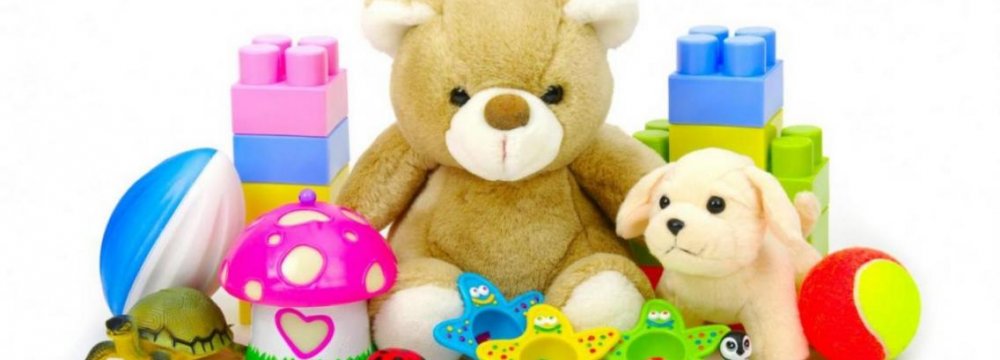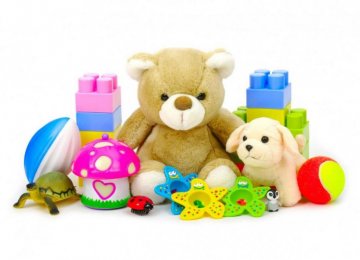The Food and Drug Administration screens toys to make sure they are suitable and contain no risky material for kids.
“Toys play an important role in children’s physical as well as creative and intellectual development; therefore, various aspects of producing toys such as idea, design, aesthetics, ergonomics, and cultural background must be taken into account within the manufacturing process,” said Hossein Rastegar, head of the FDA’s Food and Drug Control Laboratories.
Thousands of toys are available in shops and hundreds of new ones hit the stores each year. Toys are supposed to be entertaining, but annually, scores of kids are treated in hospital emergency departments for toy-related injuries. Choking is a particular hazard for kids of age 3 or younger, because they tend to put objects in their mouths. Additionally, recurrent touching of chemicals used in toys could be risky.
Manufacturers are mandated to follow certain guidelines and label toys for specific age groups. But something a parent must do is to supervise their children.
“What is particularly important is the health aspect which requires specialized tools and workforce to determine, and the FDA has assumed that responsibility on behalf of parents,” Rastegar maintained.
He stressed that safety of materials used in toys are constantly screened and analyzed in the FDA lab. Toys must have product safety as well as FDA label. Those made of fabric should be labeled as flame resistant or flame retardant, stuffed toys should be washable, and painted toys should be covered with lead-free paint. Art materials should state the non-toxicity of the product.
“Coordination and cooperation between the Ministry of Culture and Agriculture Jihad, the Institute for the Intellectual Development of Children and Young Adults, and FDA-affiliated industries can further promote toy production standards in the country,” Rastegar said.





